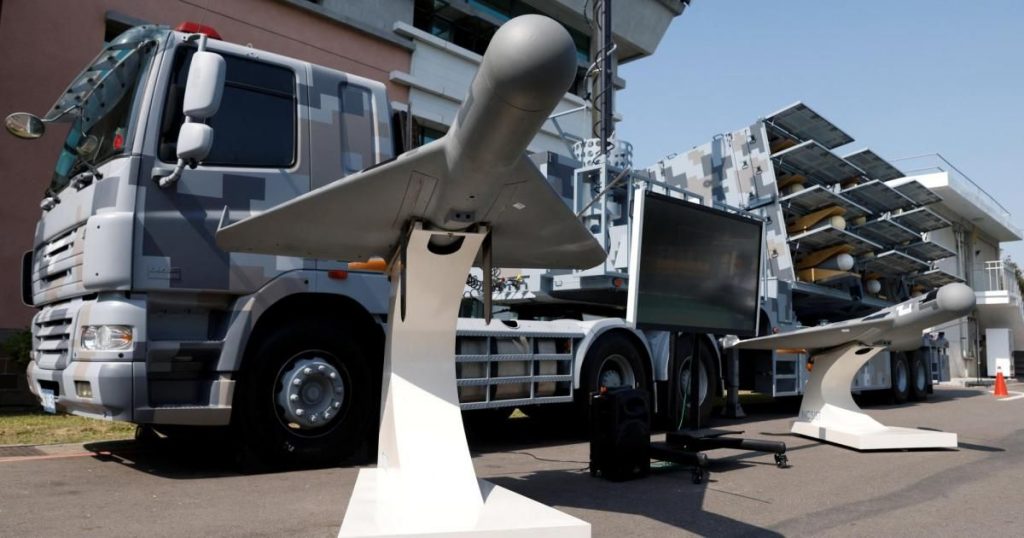With drone warfare on the rise, as demonstrated in the Ukraine war, Taiwan just showcased its combat drones amid the ongoing military tensions with China. China and Taiwan are keenly watching the drones deployed for reconnaissance, surveillance, and, most importantly, for attacks in the Ukraine war. The recently concluded Zhuhai Airshow in China became a ramp for its cutting-edge UAVs, indicating that drone warfare is only beginning to gain traction in the Indo-Pacific.
Days later, Taiwan opened the gates of its advanced drone technology display to the media to showcase its ever-growing drone capability. A variety of UAVs entrusted with an array of roles and military responsibilities were showcased by the country’s military equipment manufacturer, the National Chung-Shan Institute of Science and Technology (NCSIST).
The drone exhibition event was hosted by the National Chung-Shan Institute of Science and Technology (NCSIST), a Taiwanese government-owned military technology manufacturer that develops a wealth of weapons for the Republic of China Armed Forces, like the Hsiung Feng anti-ship missile and the Yun Feng supersonic cruise missile.
Two specific systems that were pointedly highlighted in coverage of the event were the vehicle-launched Chien Hsiang loitering munition and the Teng Yun reconnaissance drone, which is known for bearing a resemblance to the MQ-9 Reaper. The exhibition showcased diverse uncrewed developments in Taiwan, which could be a factor in a future conflict with the mainland as threats to the island’s sovereignty grow.
NCSIST provided an especially rare look at one weapon in particular: the truck-launched Chien Hsiang. These indigenous anti-radiation loitering munitions are designed to take out enemy radars positioned at sea, on the coast, or inland, according to NCSIST. The company also claimed that Chien Hsiang can strike other unmanned aerial vehicles (UAVs), but it wasn’t made clear exactly how this is achieved. It’s possible it could home in on the emissions of slower-moving drones and attack them, but that would be a relatively limited and questionable use case.
The Taiwan government-owned news outlet Focus Taiwan covered a press briefing held at the event, during which Chi Li-ping, head of the NCSIST’s Aeronautical Systems Research Division, revealed that Chien Hsiang has a maximum flight time of five hours and can strike targets of approximately 621 miles (1,000 km) away.

